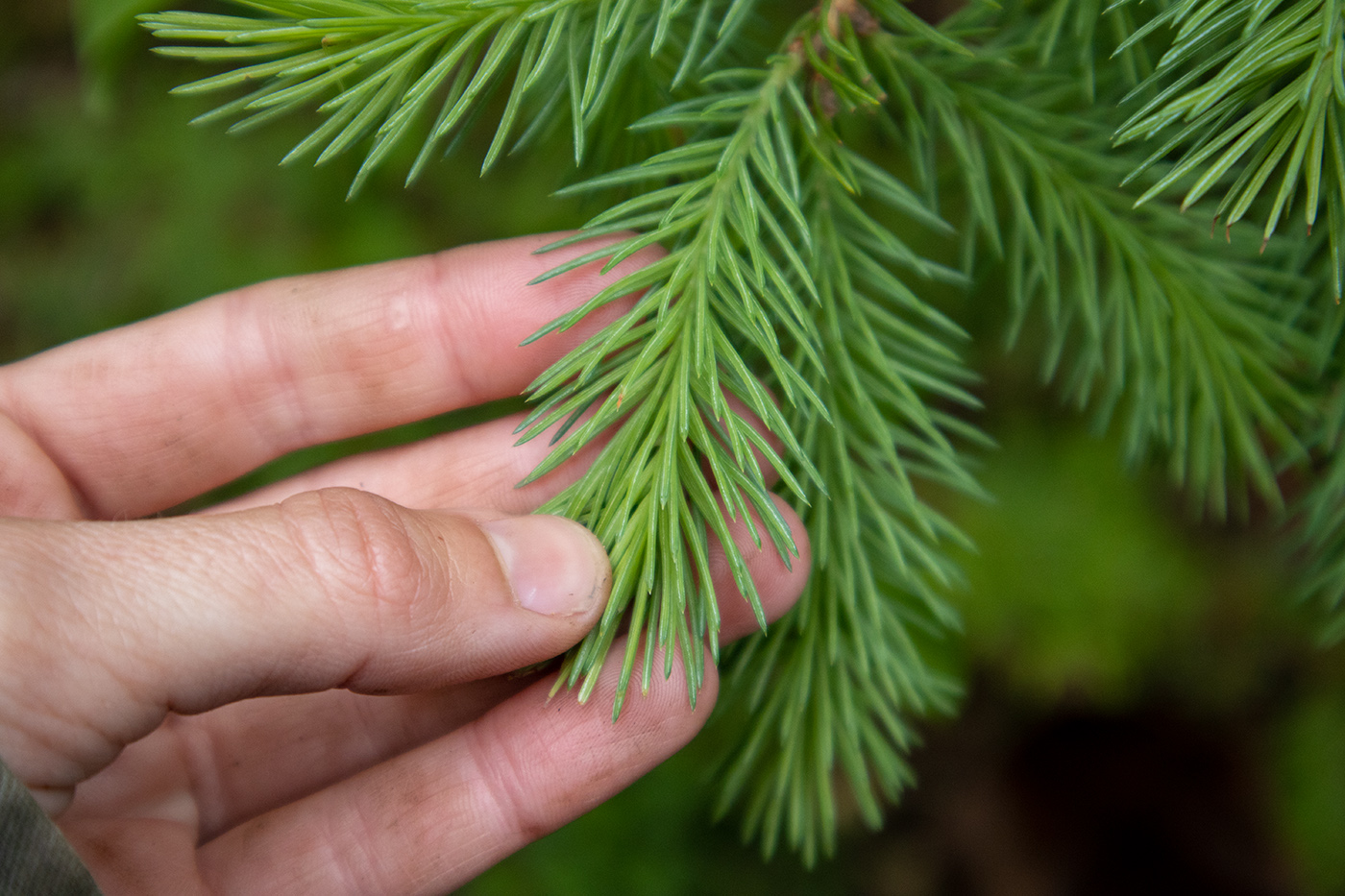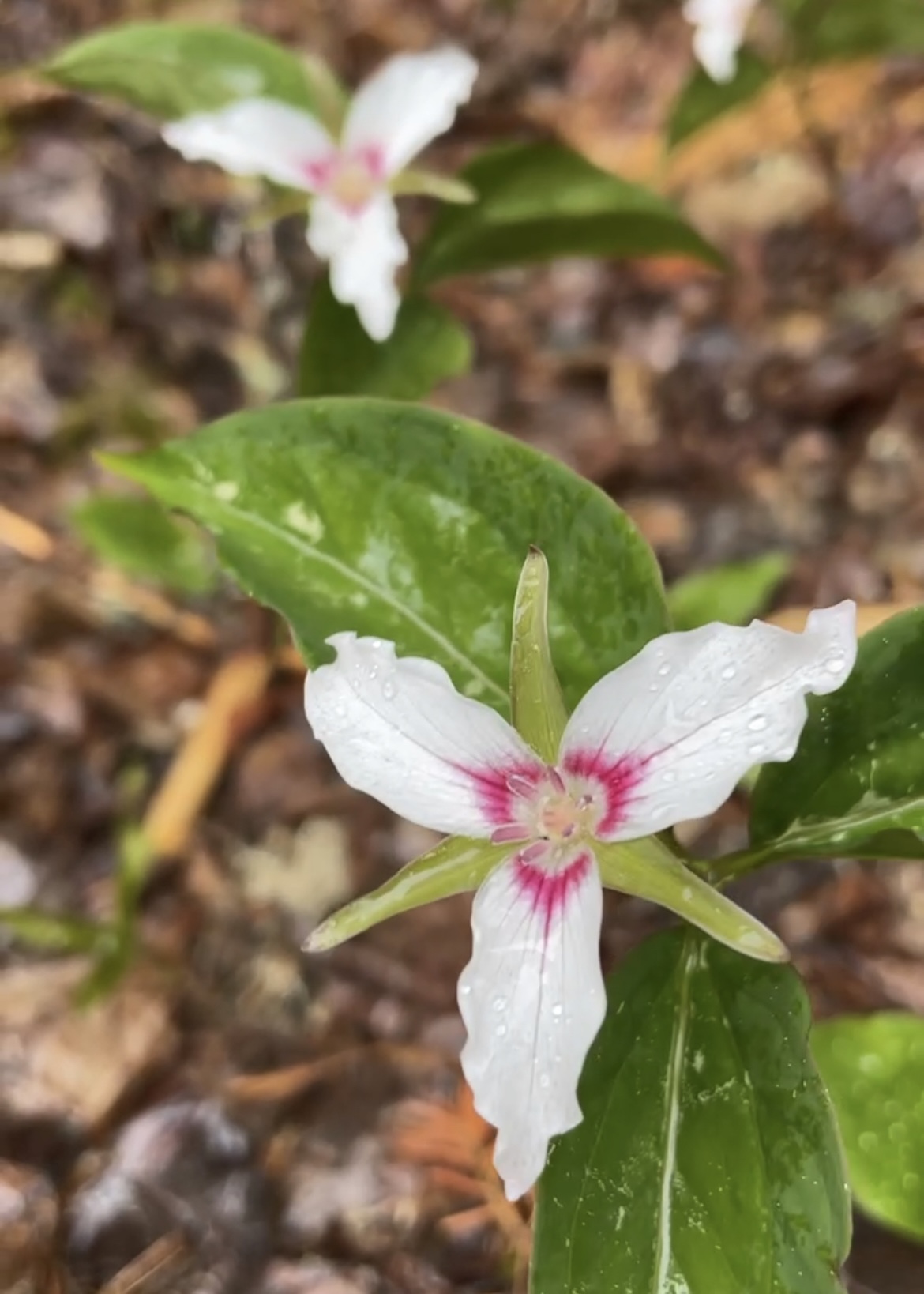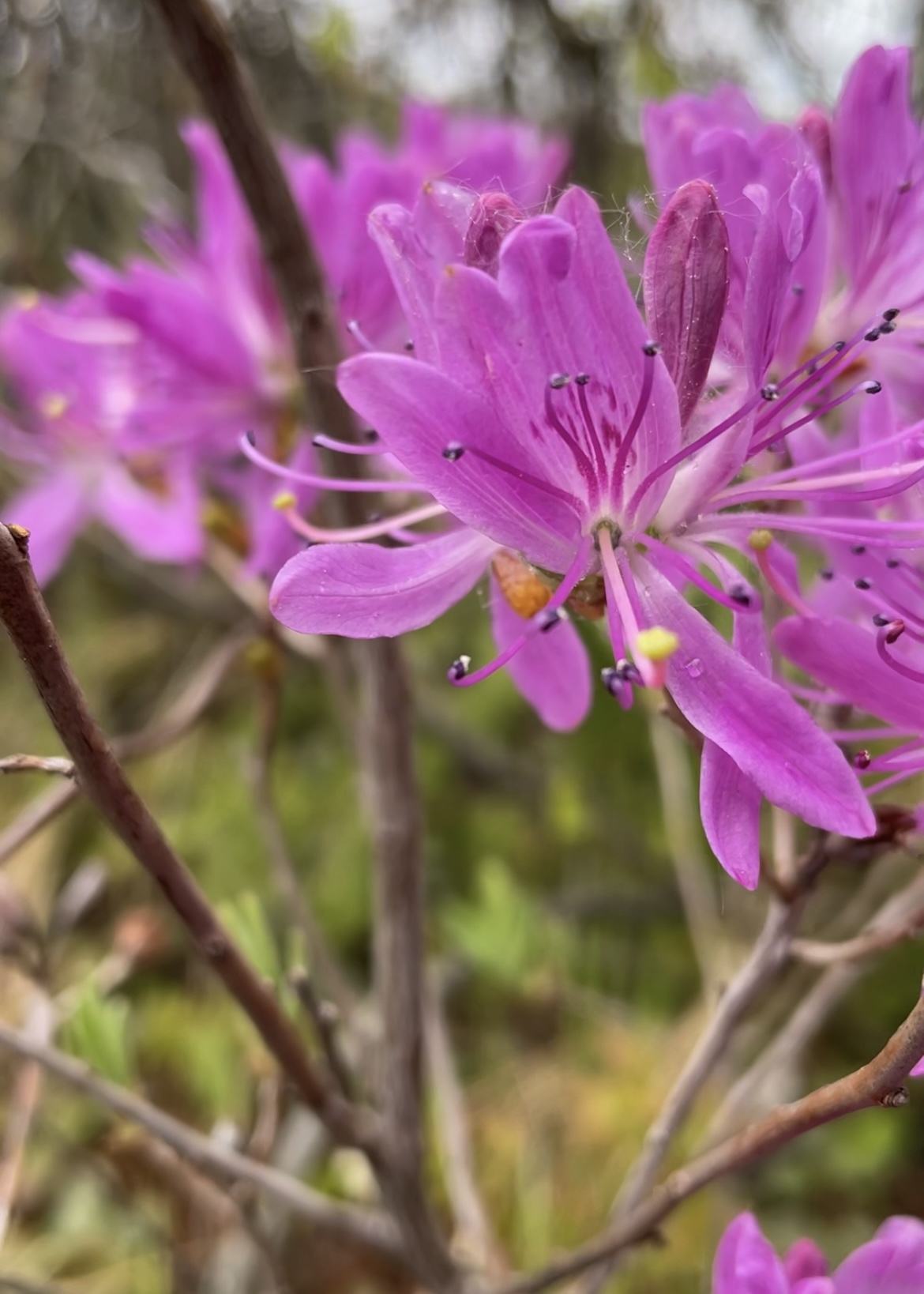What if you could turn your lawn into thriving wildlife habitat? That’s what a growing number of homeowners are doing by replacing their lawns with native plant gardens. It’s a small, but compelling movement that aims to increase biodiversity in the face of climate change and habitat loss.
While many support the transition to naturalized gardens, the movement also faces challenges. Bylaws mandate manicured grass in several Canadian municipalities and deviations can lead to fines and the destruction of gardens. Thankfully, passionate gardeners are fighting back and driving change city by city.




In 2022, that’s exactly what a Smith Falls couple did after receiving an order to the tame their lawn, which boasted 150 trees and various native plants.1 Beth and Greg Sinclair successfully appealed the order in Ontario’s Superior Court, which ruled the town must also pay the Sinclair’s legal fees.2 That same year, an Ottawa resident successfully petitioned the city to continue gardening in the city-owned verge outside his house.3 Similar stories are emerging nationwide, and each win is a small victory for birds, pollinators, and biodiversity.
This post encourages you to rethink your own lawn. It’s full of helpful resources to get you planting for ecological health, including links to native plant databases, nurseries, and gardening guides. It also includes inspiration from others gardeners and explores the issues surrounding monocultured lawns.
The Environmental Impact of Lawns
In the 1950s, the increased availability of herbicides, pesticides, and fertilizers, helped the lawn gain popularity in North America. Neatly manicured lawns became a way to signal wealth, status, and so-called “good neighbourhoods.” In a short period of time, the lawn became uncritically embraced as the new normal without any consideration of its environmental or social impacts.
Monocultured lawns are a lot of work to maintain. They require regular mowing, watering, fertilizing, and chemical applications. These practices pollute our water, air, and degrade soil health. Shockingly, each year, lawn maintenance in Canada requires the use of 150 million litres of gasoline!4
Non-native turf grasses also contribute to considerable biodiversity loss. We’ve created vast food deserts for native pollinators and insects. As a result, we’re seeing a decline in insect populations. Last year, the beloved monarch butterfly was added to the endangered species list as a direct result of habitat loss.
Why Native Plants?



Thankfully, there’s a better way to do things! By replacing turf lawns with native plant gardens, we can contribute to ecological health instead of impeding it.
Native plants provide food and habitat for local wildlife such as pollinators, birds, and insects. Many have co-evolved with local pollinators and provide them with their exact food and habitat needs. By supporting local wildlife, native plants help support the entire ecosystem.
Non-native and hybridized plants can outcompete the native plants that many pollinators rely on. Hybridization may significantly change flower anatomy, impacting the ability of pollinators to access nectar and pollen. Hybridization also contributes to the loss of genetic diversity making plants less resilient.
In addition to supporting pollinators and biodiversity, native plants are easier to maintain than non-natives. They require less inputs (water, fertilizer, and chemical applications) because they have adapted to local conditions. This significantly reduces the ecological footprint of one’s yard.
Native Plant Resources
I’m in the beginning stages of transforming my own yard. Here are some resources I’ve collected along the way. Below, you’ll find links to native plant databases, growing guides, nurseries, groups and forums. If you know of any other helpful resources, please tell us about them in the comments section.
Native Plant Databases
Network of Nature Plant Database – Search native plants by province and territory.
Canadian Wildlife Federation’s Native Plant Encyclopedia – Search native plants by type (grasses, trees, annuals, etc.) and region.
Canadian Council on Invasive Species – Report and learn about invasive species.
Growing Guides
Pollinator Partnership Canada’s Ecoregional Planting Guides – Guides for creating pollinator-friendly habitats and selecting plants by province and region.
Tree Planting Guide – Guide to planting trees and taking care of them.
Native Seed Propagation Methods: This PDF explains seed dormancy and provides strategies for germinating native seeds.
Canada’s Plant Hardiness Zones – A map of Canada’s plant hardiness zones.
Nurseries Selling Native Plants
North America Native Plant Societies’ Growers List – Includes information about native plant growers in British Columbia, Ontario, Quebec, Alberta, Manitoba, and Saskatchewan.
Reddit Native Plant Gardening: Finding Nurseries – A growing list of native plant suppliers in Canada and abroad.
Canadian Wildlife Federation Plant Suppliers List – Native plant suppliers for each province.
Groups and Social Media
Reddit No Lawns – Discussions and advice for those looking for an alternative to turf lawns. This subreddit emphasizes native planting, conservation, and pollination.
Reddit F*ck Lawns – A slightly more aggressive discussion and advice board for those passionate about replacing monocultured lawns.
North America Native Plant Societies – A directory for native plant societies. Native plant societies promote knowledge and conservation of native plants. They often host seminars, field trips, and plant study groups. Novice and experienced botanists are welcome.
Other Resources
Local Conservation Groups – Don’t be afraid to reach out to local conservation groups. They may have workshops, advice, and resources to share. A conservation group in my area, Nature NB, supplies free milkweed seeds for anyone who wants to grow them!
Field Guides – You can use a field guide to acquaint yourself with native plants in your area and understand their growing conditions.



Get Started With These Tips
Along with the above resources, here are a few tips to help you get started.
Start Small – Overhauling an entire yard can be overwhelming, time consuming, and costly. To make things more manageable, start with a small area and work out from there.
Learn Your Growing Conditions – Once you’ve chosen a site, you’ll want to learn what soil type it has, how much sun it gets, and its moisture levels.
Make a Plan – Now, it’s time to make a plan! Consider how you want to use the space, how much traffic it gets, what plants you want to grow, and what animals you are looking to attract.
Consider Bloom Times – When planting for pollinators, consider bloom times. Having a variety of plants with staggered bloom times will ensure there is food available for pollinators throughout the growing season.
No Mow May
If you’re interested in supporting ecological health, but you don’t have the time or resources to transform your lawn, consider joining “No Mow May.” No Mow May is a movement that encourages homeowners to let their lawns grow wild and uncut for the entire month of May. The purpose is to provide a habitat and a food source for pollinators, such as bees and butterflies, during a critical time in their life cycle. Let those dandelions grow!



Don’t Own Property? No Problem!
If you don’t have access to land, you can still help! Even a few potted plants can make a difference and attract a surprising number of pollinators.
You can also try reaching out to local community and faith-based organizations to pitch planting native flowers in their green spaces. Your local coffee shop or bookstore might even let you place some potted native flowers in front of their shops. It never hurts to ask!
You can also inquire about growing in underutilized or neglected public spaces, such as city-owned verges. Currently, Mississauga, Guelph, Halifax, and Vancouver are making strides to normalize verge gardening.3
Finally, many cities have community gardens where you can grow your own plot or volunteer. How nice would it be to attract native pollinators while educating others about the benefits of native plants!?
Inspirational Videos and Stories
Looking for a little inspiration? These ecological initiatives may encourage you to plant for biodiversity! Whether it’s a quaint urban wildflower meadow, a moderate-sized rural wildlife pond, or a grand reforestation project spanning 1500 hectares, both minor and major changes are contributing to the restoration of ecological health.
I Built a Wildlife Pond – Here’s What Happened – Stefano Ianiro shares his experience of building a wildlife pond in his backyard located in Eastern Canada. In no time at all, he’s able to attract various insects and birds, including eastern phoebes, tree swallows, and brown thrashers.
I Planted a Wildflower Meadow – Amazing Lawn Transformation – Johanna transforms her small backyard lawn into a beautiful wildflower meadow with native UK flowers.
Man Spends 30 Years Turning Degraded Land into Massive Forest – A botanist leads a project that transforms degraded farmland into thriving native forest in New Zealand.

Building Greener and Healthier Communities
I hope this post serves as a helpful push towards growing native plant gardens. As ecologist, Nina-Marie Lister, says, “in a time of climate change…this is an amazing opportunity for individuals to do the right thing, right outside their front door.” It’s “something that feels great” and “is a sign of tremendous hope.”1
As more people understand the importance of planting for ecological health, I hope we can make resources available at little to no cost. Resources such as seed libraries, tool lending, and educational workshops can get more people involved and help transform our communities.
There are already models of this in place. My local library lends gardening tools and hosts seed libraries. In addition, many conservation groups rely on volunteers to help maintain nature reserves. These volunteers are trained to remove invasive species, monitor the land, and plant for ecological health. By drawing on this knowledge and implementing it in existing yards and urban design, we can move ecological planting into our communities.
Discover Something New
Monarchs: Resilience in the Face of Fragility and Adversity
11 Ways to Help Native Pollinators
Citations
1 Krystalle Ramlakhan. 2022. “Couple’s Win Forces Smiths Falls to Revisit Approach to ‘Naturalized’ Lawns“. CBC.
2 Evelyn Harford. 2022. “Town of Smiths Falls to Pay Legal Fees of Family Who Fought to Keep Naturalized Yard.” Inside Ottawa Valley.
3 Alistair Steele. 2022. “How a Bylaw Complaint Sprouted Into an Urban Gardening Rethink.” CBC.
4 Rebecca Kempen. 2022. “Lawns: A Status Symbol or an Opportunity to Protect the Environment?” The Starfish.